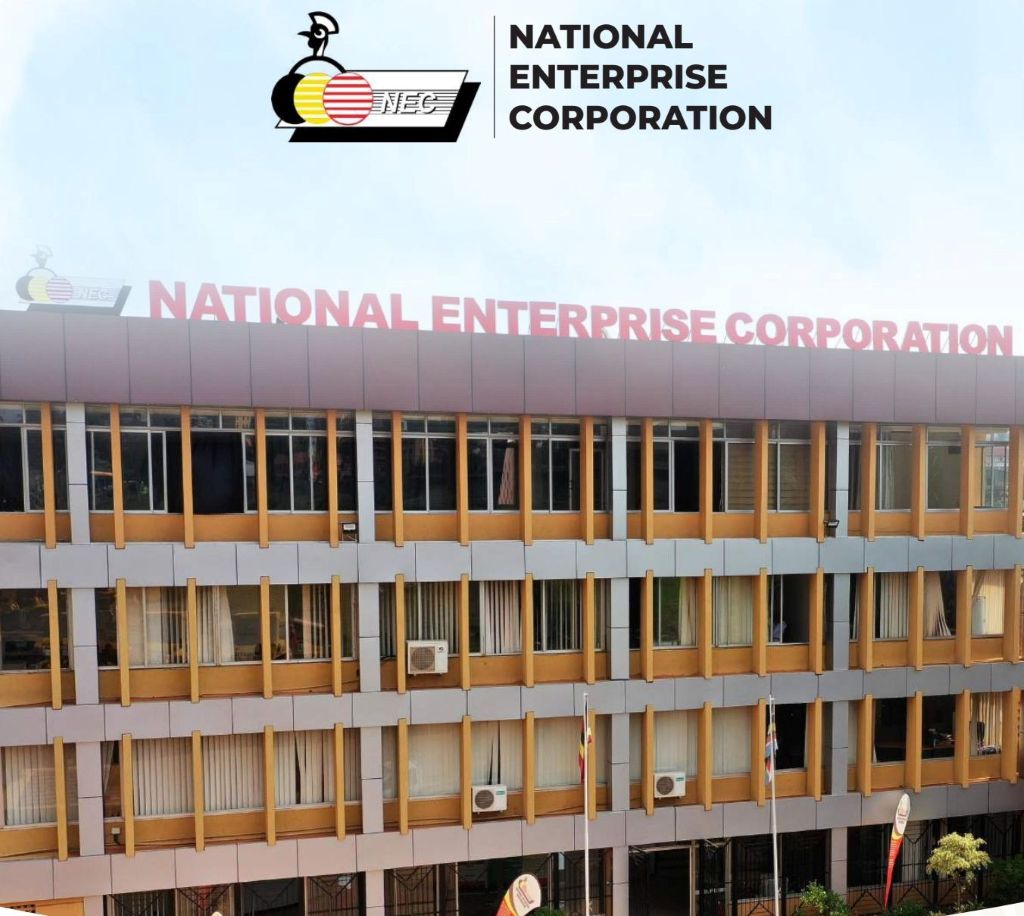Since the recent introduction of the Express Penalty System (EPS), there has been public debate on the matter including the sharing of revenue by JS Global Security – 80%, Uganda Government – 15% and NEC – 05%.
One of the questions raised was how NEC, a Government Parastatal under the Ministry of Defence and Veteran Affairs, is involved in matters otherwise under the docket of Ministry of Works and Transport/ Ministry of Finance and on what basis would it be entitled to 05% of the generated revenue.
To answer the question, one needs to look at the raison d’etre for Government undertaking of the ITMS Project.
Briefly, in the period between 2016 – 2018, the security situation in the country was deteriorating with criminals carrying out their criminal activities using getaway vehicles (cars and motorcycles etc).
H.E The President was compelled to come up with measures to address the deteriorating security situation. Some of these measures were contained in the Presidents’ address to Parliament on the 20th of June 2018 and included digital monitoring of all vehicles and motorcycles (Boda Bodas) as one of the solutions.
H.E The President directed that he wanted technology that would achieve two things; Track, electronically, all the vehicles and piki-pikis so that the vehicles or piki-pikis that were near the scene of crime at any given time are known quickly, If anybody tries to tamper with the electronic devices or tries to remove the number plates, the central brain of the system should be alerted and the security should go for him or her.
To achieve the above, there was need, among others, to install Electronic Number Plates on all motor vehicles and motor cycles in the country. Whereas other solutions proposed by the President in his address to Parliament included: “Finger Printing” all guns in Uganda; Police ban on riders wearing jacket hoods and requirement for new registered helmets;
Installation of CCTV cameras on town roads, streets and along highways; Regulation of UAVs; acquisition of scanners under URA to scan containers entering and leaving the country etc. So it is very clear that from the very beginning, the ITMS was a Top Security Project, the very reason it was put under the Ministry of Security as the lead Ministry and not Ministry of Works or Finance. The strategic intent was not raising revenue but to put a halt to the increasing criminality against innocent Ugandans especially by armed thugs who were killing Ugandans by shooting and getting away.
This project included; establishment of a manufacturing facility for the manufacture of Radio Frequency Identification (RFID) chips to be used on the Number Plates and Continuous Improvement Processes (CIPs) tracker system.
Installation of RFIDs trackers on the Motor Vehicles Number Plates. Skill development in the areas of technology transfer, quality control and quality assurance. Because of the security nature and sensitivity of the Project, strategic leadership recommended that it be carried out jointly with a Government Company that had capacity to handle such security sensitive matters and with mandate to engage in commercial/business activities.
The National Enterprise Corporation (NEC) being a business arm of the Ministry of Defence and already involved in production of security products like arms, ammunition, explosives etc was the most suited to handle the task. NEC already had infrastructure at Luwero Industries, Nakasongola which could be availed for the Project implementation. NEC also had a piece of land at Bugolobi (Land comprised in LRV 2536, Folio 13 Plot 1 – 7 Kalitunsi Road, Bugolobi) where requisite infrastructure facilities would be put up for the manufacture of RFID chips etc and indeed NEC made the land available for the Project.
In addition, NEC had available a pool of already vetted highly technical people in its Defence Industries who would not require a lot of skilling to carry out the installation of the RFIDs trackers and for continuity would also carry on with the Project after the investor has finally left instead of eternally depending on foreigners.
Following the Strategic guidance and Directive, NEC entered into an MoU with Joint Stock Company Global Security on 23 March 2019 whose purpose was to establish a formal platform for the two Parties to start formal discussion and negotiations for the implementation of the Project.
In the MoU, NEC undertook to among others, procure access and user rights to the land for setting up the manufacturing facility; provide security for the personnel and facility; recruit technicians to install and maintain the system and provide logical support in transportation and distribution of number plates and trackers at the different installation Centres.
Joint Stock Company Global Security on its part undertook to among others, transfer technology and know-how to NEC, design and construct the manufacturing facility (construction to be undertaken by NEC subsidiary – NEC Construction, Works and Engineering Ltd); organize maintenance and spare parts supply chain, provide technical specifications for the Plant and performing training for local employees.
Subsequently, on 22 Nov 2023, NEC and JS Global Security entered into a Cooperation Agreement for the implementation of Intelligent Transport Management System (ITMS) which was in line with the terms of the Agreement entered into earlier on 23 July 21 between JS Company Global Security and Government of Uganda.
The said Cooperation Agreement had been duly cleared and approved by Solicitor General on 21 July 22. The Agreement laid down the responsibilities of each Party and set in motion implementation of the Project. NEC responsibilities included, provision of land for the location of on-board devices, Command and Situational Centres and setting up the infrastructure facilities; providing logistics for equipment imported into the country; delivering manufactured Number plates, trackers and other equipment to points of installation and work with JS Global Security in the manufacture of number plates.
JS Global Security on the other hand was given responsibility to among others, supply of equipment for the production of on-board devices; training of personnel provided by NEC; production of on-board devices with the necessary technologies and provision of specialist personnel.
The 5% to NEC is a financial benefit to NEC arising out of its contribution of physical and non-physical resources that was arrived at during the development of the Project Financial Model .NEC is also represented on the Project Management Team (PMT) by Eng Gerald Lumu, Deputy General Manager, Luwero Industries. This means, NEC is ready, able and willing to execute its responsibilities as stipulated in the Cooperation Agreement.



